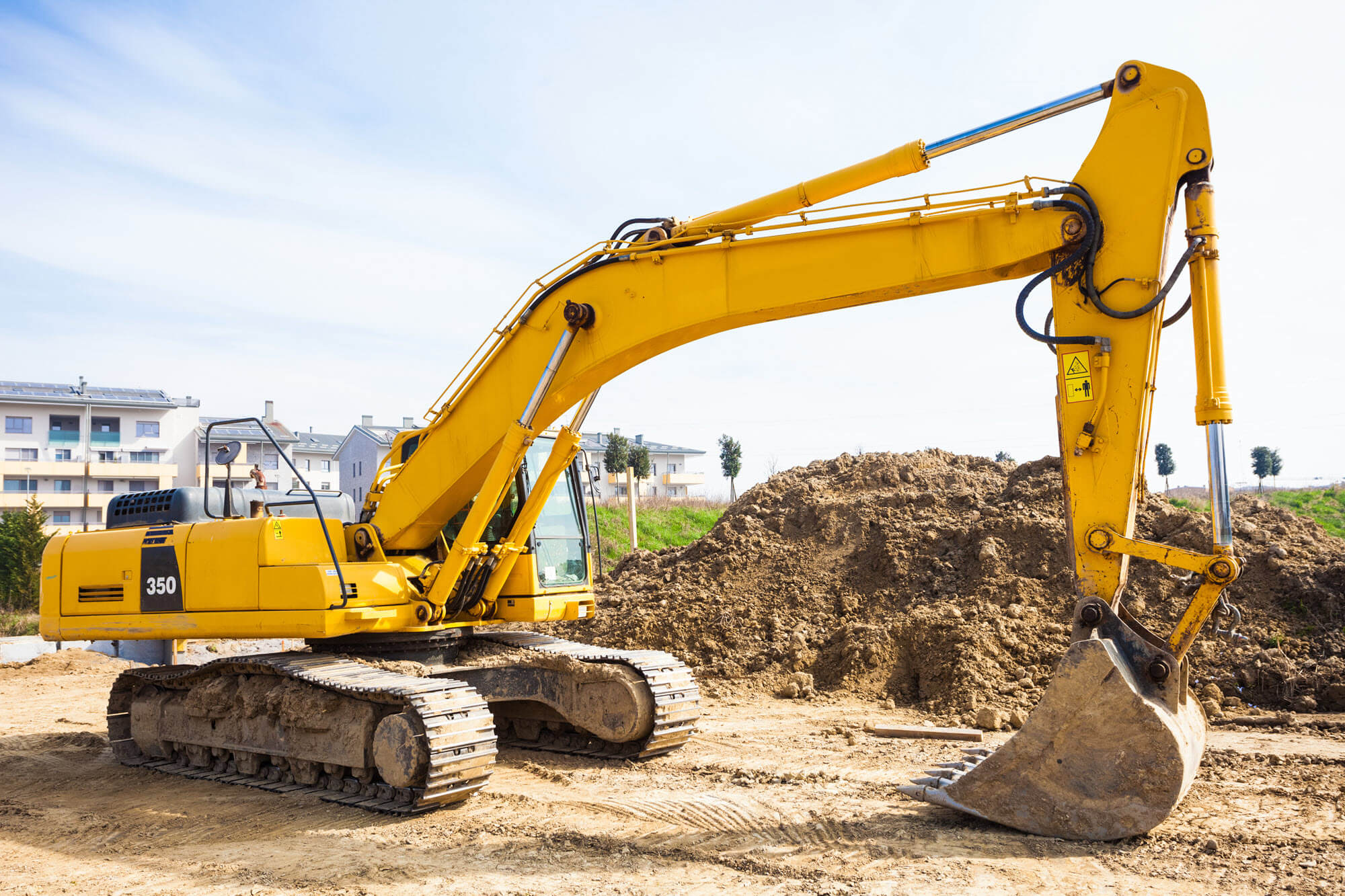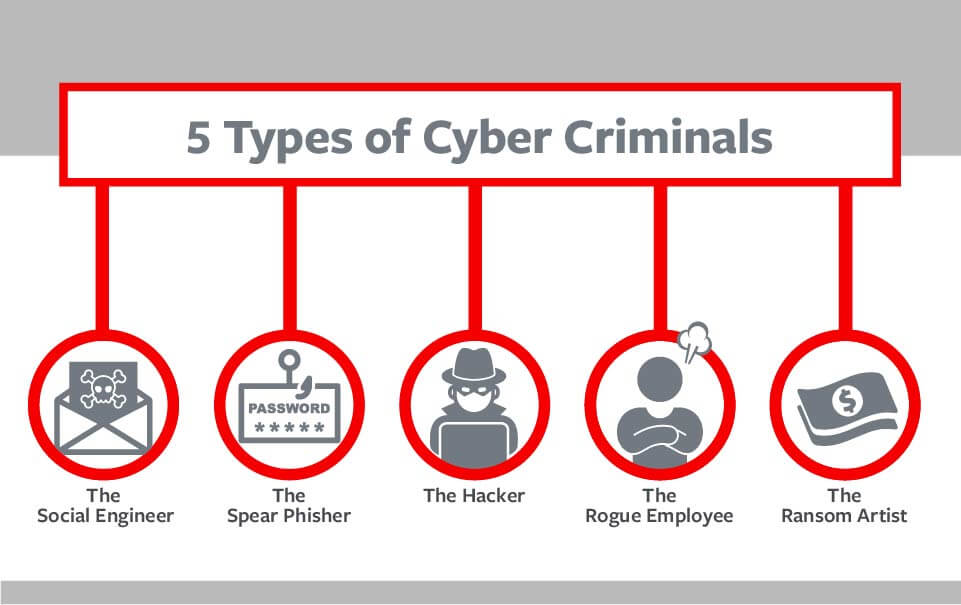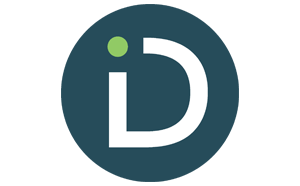Deeley Serves – March 2019
Deeley Insurance Group is proud to sponsor the Willards Little League. Willards Little League provides baseball and softball programs for boys and girls ages 4 to 16 who live or go to school in Willards, MD. Programs include Tee Ball, Minor and Major League, Intermediate and Junior League, and Senior League. 2019 Opening Day is…
Details











